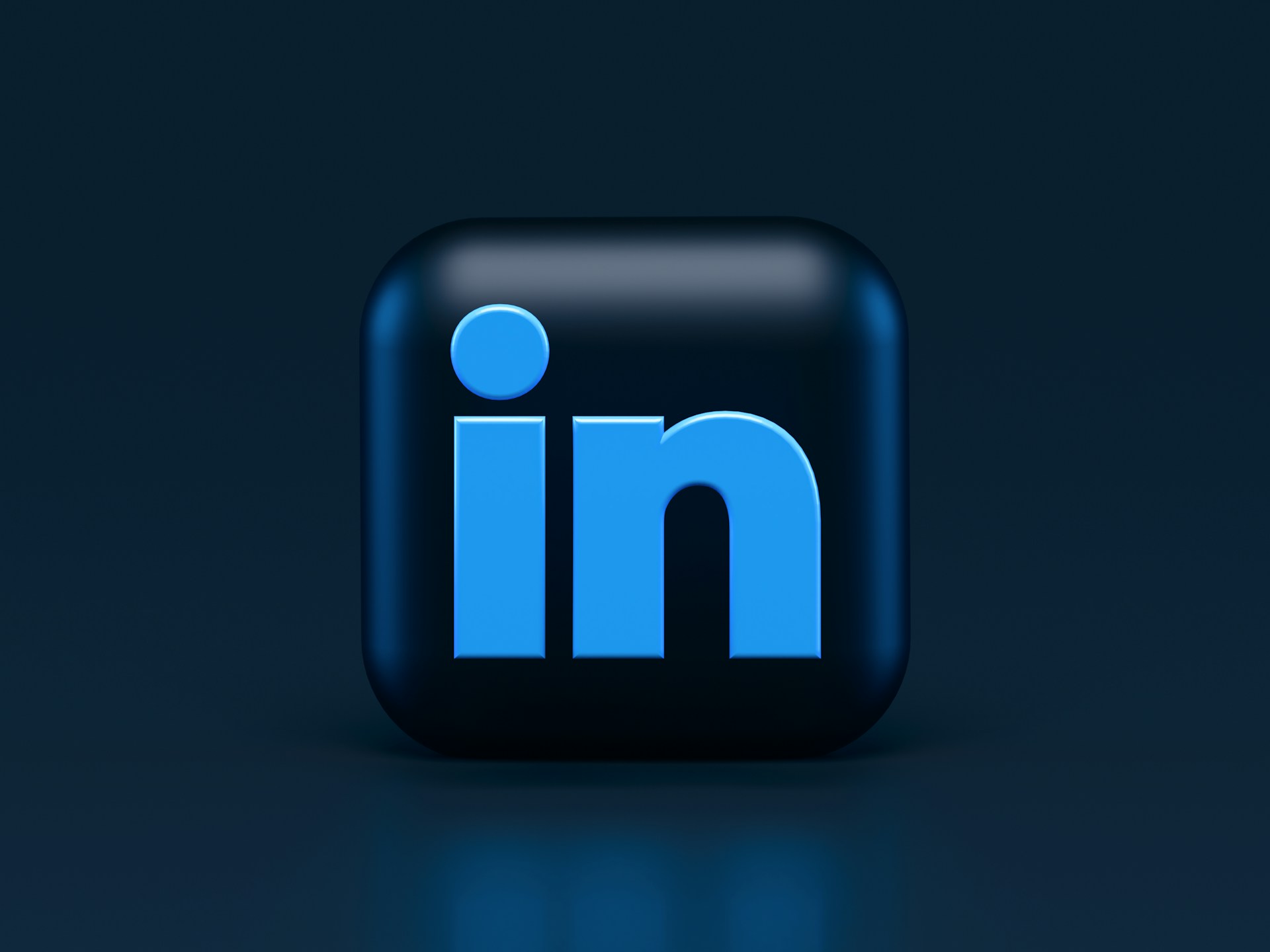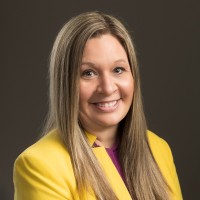
This is the second article in our ‘Confessions of a LinkedIn amateur’ series. Debut’s own Content Creator Alex Ekong tries to find out if image is everything in his quest to build the perfect LinkedIn profile.
Right then. Where were we?
Last week, I rocked the careers journalism world to its core when I made the stunning revelation that I’ve never had a LinkedIn. I had my reasons, I had my doubts, but after weighing up all the information I had at my disposal I stopped fighting and let the LinkedIn plughole suck me down like the helpless spider I am.
Of course, the nature of my announcement last week led to me having to field a fair few questions. Here are some of the most popular:
1) How has the first week of the rest of your life been?
2) Why haven’t you accepted my LinkedIn request yet?
3) Why haven’t you accepted my LinkedIn request yet?! (Most frequently asked by Mum)
4) What do you intend to do now?
The answers to questions 1-3 will become apparent when I answer question 4 so, in typically rogueish fashion, I’m gonna start with that.
There’s quite clearly a lot more work to do if the branches of my LinkedIn are going to bear fruit. Connections are one thing and the first week of LinkedIn has been… quiet, let’s say, without them. But getting LinkedIn was never about doing things halfway. To make up for lost time, I need to go all out – make the perfect profile. To build my house of contacts, I’m gonna need to start by laying some groundwork. I decided to plumb for the obvious first stop.
The header

Naturally, I’ve decided to start with what you see when you first land on my page. You might think, ‘Hmm, a bit weird that this whole article is gonna tackle something that’s 600 pixels wide’. Well, trust me – and I’m a professional after all, I have got a LinkedIn – this is probably the most important part.
In the very likely event that I start to garner so much influence on the Internet that people start building parody accounts of me, my LinkedIn will stand as my certified identity. Your LinkedIn header is basically your business card; where most of your identity resides. Hence, the importance of a picture-perfect headshot and a snappy blurb to get your point across.

While it’s true that your LinkedIn header plays a crucial role in defining your professional brand, it’s important to remember that search engines also take note of your LinkedIn profile. Optimizing your header with the right keywords can increase your visibility on both LinkedIn and Google search results. Think of it like your headline – use a clear, industry-specific title that aligns with how people would search for someone with your expertise. This will help not only in making a great first impression but also in boosting your profile’s discoverability online.
The art of a picture perfect LinkedIn headshot
Having previously admitted to not being photogenic, you’re probably wondering where this sudden surge of vanity has come from. Well, it turns out that, like most social networks, LinkedIn is all about image. It’s said that you get fourteen times more views on your profile with a profile photo than without. Naturally, that’s what we’re going for here.
But how does the ideal LinkedIn headshot actually look? I found LinkedIn Education Engagement Lead Charles Hardy’s take on it.
“Select a photo that represents how you want to be seen at work,” he says. “If your profile’s missing a photo – whether consciously or subconsciously – you get missed. People focus on the photos, not the silhouettes. We are social beings.”
I agreed thoroughly with his assessment, even if selecting a photo that represented how I want to be seen at work mean I wouldn’t be able to use the photo of me from Gradball 2016 that were so popular on Tinder.
No, I’d need a brand new one. Charles assured me that I wouldn’t need a professional photographer either, so I got the best alternative I could find – Debut’s Digital Designer Jonny Ballard. Only the best for my LinkedIn.
Dresswise, the idea is to match the dress code of wherever you work or want to work. Debut is pretty liberal with its dress code but since we’re a start-up based in a Shoreditch co-working space, I decided to hipster up to the best of my ability.
I donned a flannel shirt, red and black lumberjack (sadly, with no hat to match), some Vans, and a pair of round glasses I don’t actually need for some added nerd chic. My jeans weren’t tight enough, nor did they have enough holes, but it didn’t matter. The goal was the head and shoulders.
I think this has gone well. I’ve got a ‘doggie in a window’ type energy here. Just the side of me I want to show to new business contacts.
The summary

Having conquered the realm of photos at long last, I returned to the world of words where I knew I had the upper hand. The next step? Writing my headline and summary.
The headline is that thing that appears next to your name and photo in search results, groups and essentially everywhere good times happen. That means, of course, it’s the first thing people see more often than not making it pretty important.
“The headline is a great way to show your value and passion in one quick line,” says Charles. “Let the reader know what you are all about right away and inspire them to read more.”
Most people just leave these at their job title and then knock off for Coke and ice-cream, but I didn’t want to do that. I wanted a phrase that encompassed everything I do without being too specific, enticing the reader to scroll on for the main course. I’m a journalist, copy writer and content creator, so I wrote this out and punctuated it with full stops. Now, it’s looks like the tagline for my life movie and I’m happy with that.
The summary is a different, slightly longer beast. Charles tells me that adding a summary of 40 words or more “makes your profile more likely to turn up in a future employer’s search. It’s your elevator pitch.” Much like Kanye, I don’t like sharing my elevator with anyone. However, a LinkedIn summary seems like a good place to dispense some personality.
The issue was how was I supposed to make this appealing to employers without making me seem dead behind the eyes. Charles says you should avoid buzzwords and try to include “keywords featured in desirable job descriptions for your field.” And yet, looking at people’s profiles for information means wandering into a sea of ‘strategic’ zombies and ‘proactive’ vampires. Absolutely terrifying.
I used LinkedIn’s nifty Jobs tab to find job descriptions like Charles recommended, then racked my brains for my best skills-related vocabulary. This is what I came up with.
Having stalked the profiles of my 17 would-be LinkedIn connections, I’ve yet to see a summary that combined emotive language with subtle signposts to recruiters like this. I’m sure plenty of them use Facebook and Instagram and will appreciate the hokey sentiment tied to the last sentence. It says ‘Sure, I’m competent, but I all love what I do’. Sorted.
After all that, my profile strength was up from a meagre Intermediate to a mighty Advanced. We’ve come a long way friends.
Stay tuned though, the thrilling conclusion is coming. Next week, I’m fleshing out my experience section, adding skills, making meaningful connections and learning how to use my newfound LinkedIn powers.
Connect with Debut on Facebook, Twitter and LinkedIn for more careers insights.


